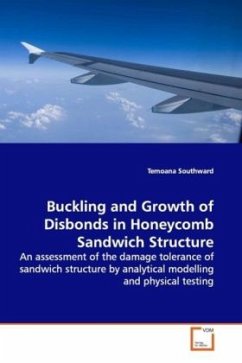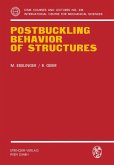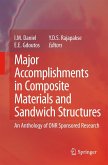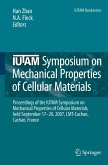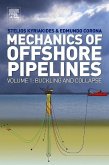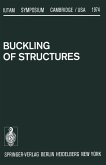The response of honeycomb sandwich structure to
disbond damage, in a compressive stress field,
has been assessed. Two types of disbond were
considered; those extending through the full width of
a panel (through-width) and those enclosed within the
panel boundaries (embedded). For each type
of disbond the failure process was established
through four-point bend testing of 56 sandwich
specimens. For both types of disbond, failure was
found to be governed by buckling-driven disbond
growth and, consequently, models of buckling and
disbond growth were developed. Linear Winkler beam
and plate models were used to predict disbond
buckling. Non-linear Winkler beam and
plate models were then developed to predict
post-buckling behaviour and the initiation of
disbond growth, through a fracture mechanics
analysis. All models showed excellent correlation
to test data. The models developed may be used to
assess the criticality of disbond damage in sandwich
structure having thin-gauge, composite face-sheets.
disbond damage, in a compressive stress field,
has been assessed. Two types of disbond were
considered; those extending through the full width of
a panel (through-width) and those enclosed within the
panel boundaries (embedded). For each type
of disbond the failure process was established
through four-point bend testing of 56 sandwich
specimens. For both types of disbond, failure was
found to be governed by buckling-driven disbond
growth and, consequently, models of buckling and
disbond growth were developed. Linear Winkler beam
and plate models were used to predict disbond
buckling. Non-linear Winkler beam and
plate models were then developed to predict
post-buckling behaviour and the initiation of
disbond growth, through a fracture mechanics
analysis. All models showed excellent correlation
to test data. The models developed may be used to
assess the criticality of disbond damage in sandwich
structure having thin-gauge, composite face-sheets.

